Sign up for the Family Tree Newsletter Plus, you’ll receive our 10 Essential Genealogy Research Forms PDF as a special thank you!
Get Your Free Genealogy Forms
"*" indicates required fields
Every May brings with it the promise of fresh spring air, patches of vibrant flowers and a celebration that has endured for generations. That celebration is May Day, which is predictably celebrated every May 1st.
Did your ancestors participate in any of these customs or did they have their own traditions for the first of May?
1. May Day Baskets
Suitors would hang baskets of flowers or other trinkets on the doors of the person they fancied. Later, this evolved into a community-wide token of regard.
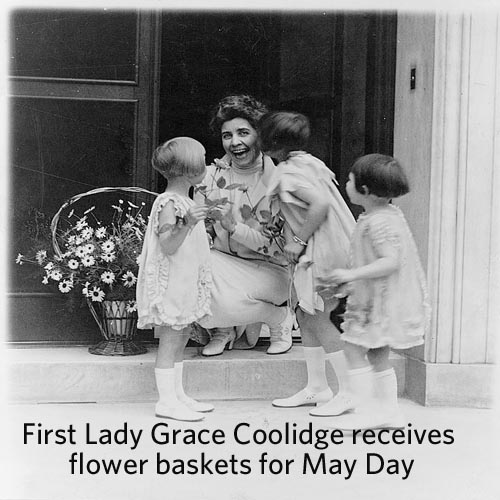
2. Lily of the Valley
In France, family and friends often present each other with lily of the valley of luck and prosperity in the new year, in the tradition of Charles IX.
3. May Pole
Perhaps the most well-known, dancing around the May pole involves several people weaving in and out of each other with garlands to wrap the pole.
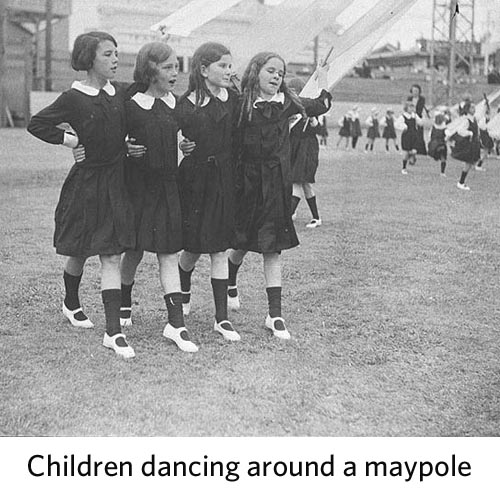
4. Morris Dancing
In Britain, this traditional folk dance can be seen performed throughout the month of May and is performed in colorful costumes and with white handkerchiefs or sticks in groups of six.
5. Crowning the May Queen
A pretty girl would be crowned with flowers as the May Queen (in some Catholic churches, this was also done on a statue of Mary).
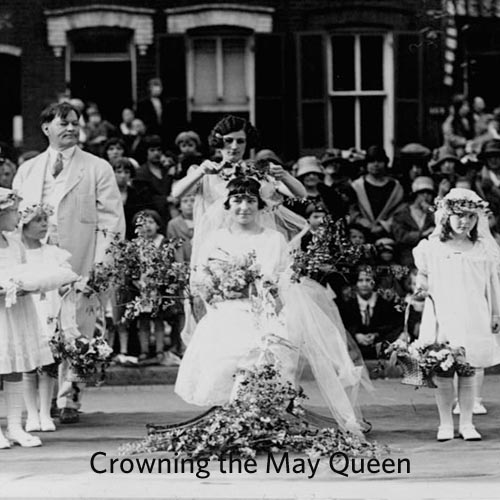
6. Walpurgis Night
Walpurgis Night, or Witches Night, is a May Day Eve celebration (May Day being the feast of St. Walpurga), as is traditionally celebrated with dancing and bonfires in many countries, including Germany, Denmark, and Eastern Europe.
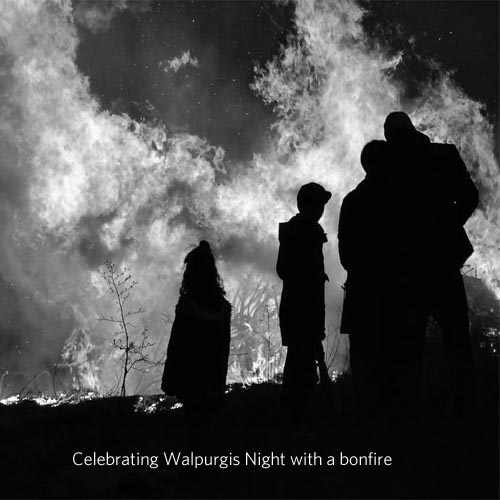
7. Feasting
Food and drink are, of course, vital components to May Day festivities, including Italy’s Calendimaggio, a feast to celebrate the arrival of spring.
8. May Day parades
No holiday is complete without a parade such as this one in Union Square in 1913.
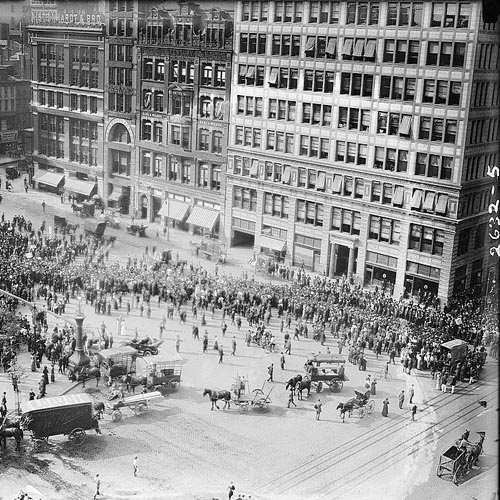
Images courtesy of Library of Congress and Wikimedia Commons.
ADVERTISEMENT




